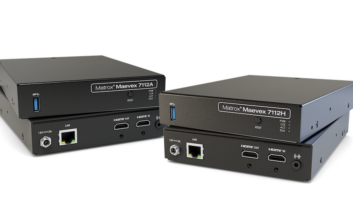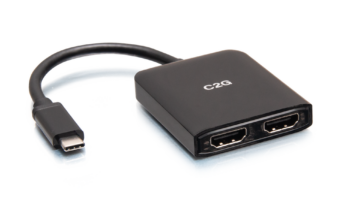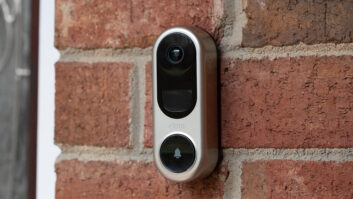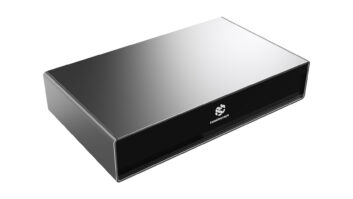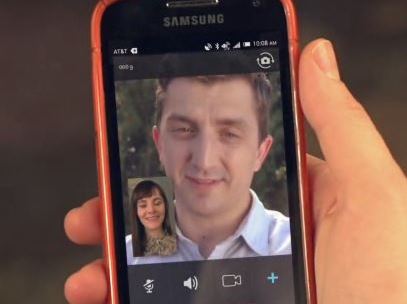
AT&T joined T-Mobile in launching launched advanced messaging service and video calling as part of a rollout of LTE Rich Communications Services (RCS). AT&T’s services, however, are available only through a very small selection of phones so far, and video calling is available only in 30 states and Washington D.C..
T-Mobile launched video calling in September, following the July launch of advanced messaging.
AT&T’s RCS services also include Voice over LTE (VoLTE), HD Voice, Wi-Fi calling and NumberSync. Both Advanced Messaging and Video Call will be available via a software update. Subscribers will get a notification to download the update.
With advanced messaging, subscribers can send file attachments up to 10MB to a text message instead of using a proprietary messaging app to message those files to family members or friends using the same app. Senders will know when the message has been delivered, read and when the recipient is typing a reply.
For now, only the Galaxy S5 Mini and Galaxy S6 Active support the feature. In addition, both the sender and recipient must be AT&T postpaid customers with capable devices, which must be turned on within AT&T’s owned and operated domestic network. Advanced Messaging also requires an account that is set up for HD Voice. No app download is required to enable the feature.
Text messages sent with an attached file count as two messages for users with capped messaging plans and for pay-per-use subscribers. A text message sent with two photos or with a video and a calendar item would count as three messages.
Additional Advanced Messaging details are here.
For AT&T Video Call service, only the Samsung Galaxy S6 Active is compatible for now, and only in 20 states where the carrier has rolled out voice-quality-enhancing HD Voice service. To use Video Call, both people on a call must be AT&T postpaid wireless customers.
Video calls use both voice and data, so calls will count against both a subscriber’s voice bucket and LTE data bucket.
With Voice Call, users touch the Video Call button on the dialer or in contacts to initiate a call. Users can switch between an HD Voice call and a Video Call from the call screen. Users can also add another person to the video call, and they can block their image while viewing the image of the person on the other end of the call.
AT&T also noted that once started or received on the mobile network, Video Calls automatically switch to Wi-Fi when the device accesses an available Wi-Fi connection. An AT&T wireless network connection, however, is still required even while on Wi-Fi, but voice and data charges will not apply to a Video Call over Wi-Fi.
Additional Video Call details are here.





